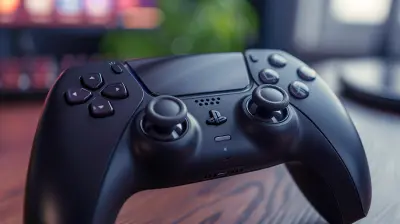Understanding the Importance of Field-of-View in Third-Person Shooters
1 October 2025
Have you ever wondered why some video games feel more immersive than others? Or why you always seem to perform better in one third-person shooter compared to another? Well, one major factor behind this is something called the Field-of-View, or FOV for short. Whether you're a casual gamer or a competitive player, understanding FOV can make a huge difference in how you play and experience third-person shooters.
In this article, we’re diving into the nitty-gritty details of why FOV matters in third-person shooters, how it affects gameplay, and the things you should consider when tweaking it. So, grab your controller (or keyboard and mouse), sit tight, and let’s get into it.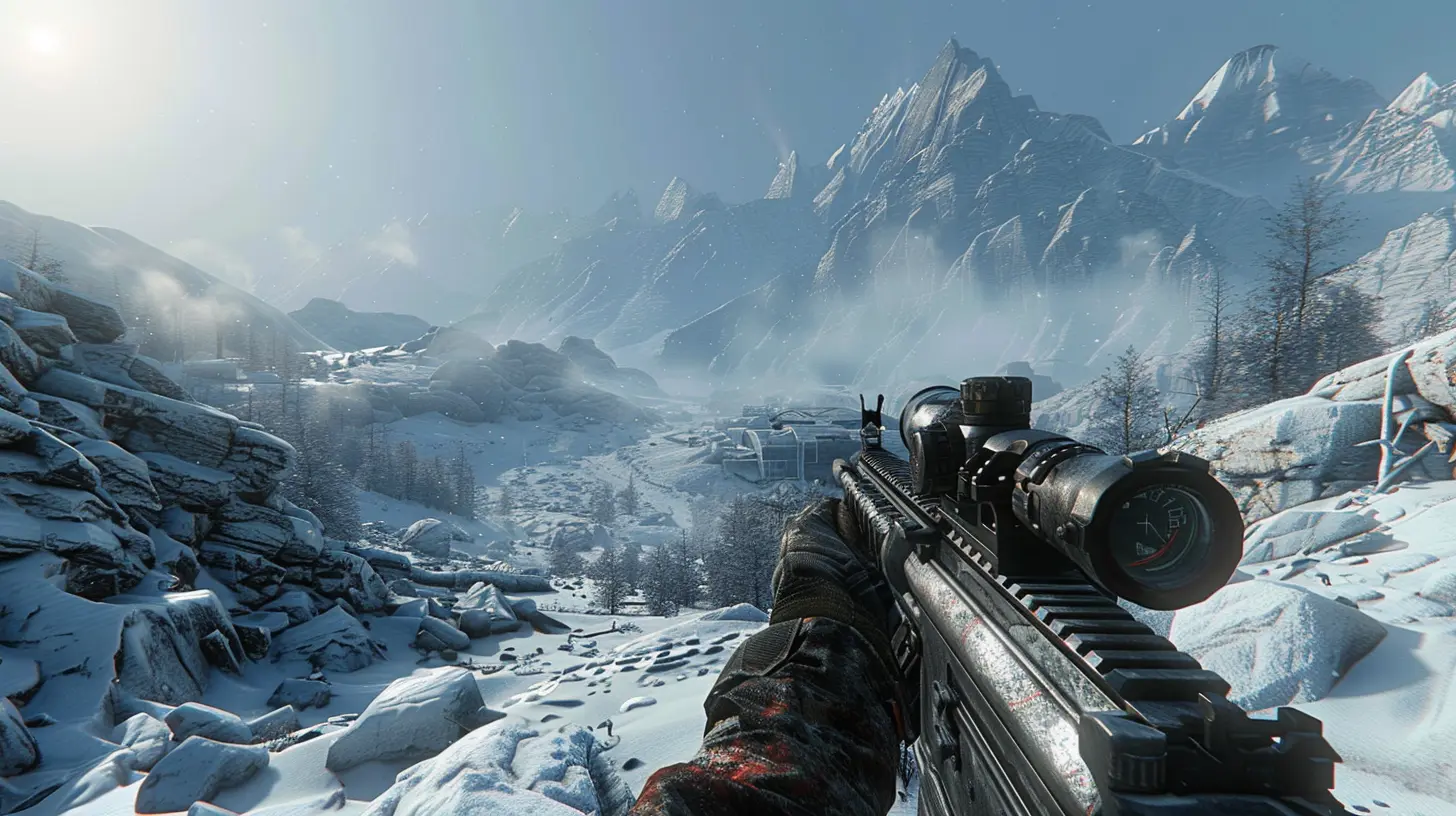
What is Field-of-View (FOV)?
Let’s start with the basics. FOV is exactly what it sounds like—it’s the area you can see on your screen at any given moment. Think of it as your digital peripheral vision. In gaming terms, it’s measured in degrees, usually ranging between 60° and 120°.Imagine you’re standing on a hill, looking out at the horizon. A narrow FOV would feel like looking through a telescope—it zooms you in but limits what you can see on the sides. On the other hand, a wide FOV feels more like looking through a panoramic lens, giving you more peripheral vision but potentially distorting things around the edges.
So, how does this apply to third-person shooters? Let’s dive deeper.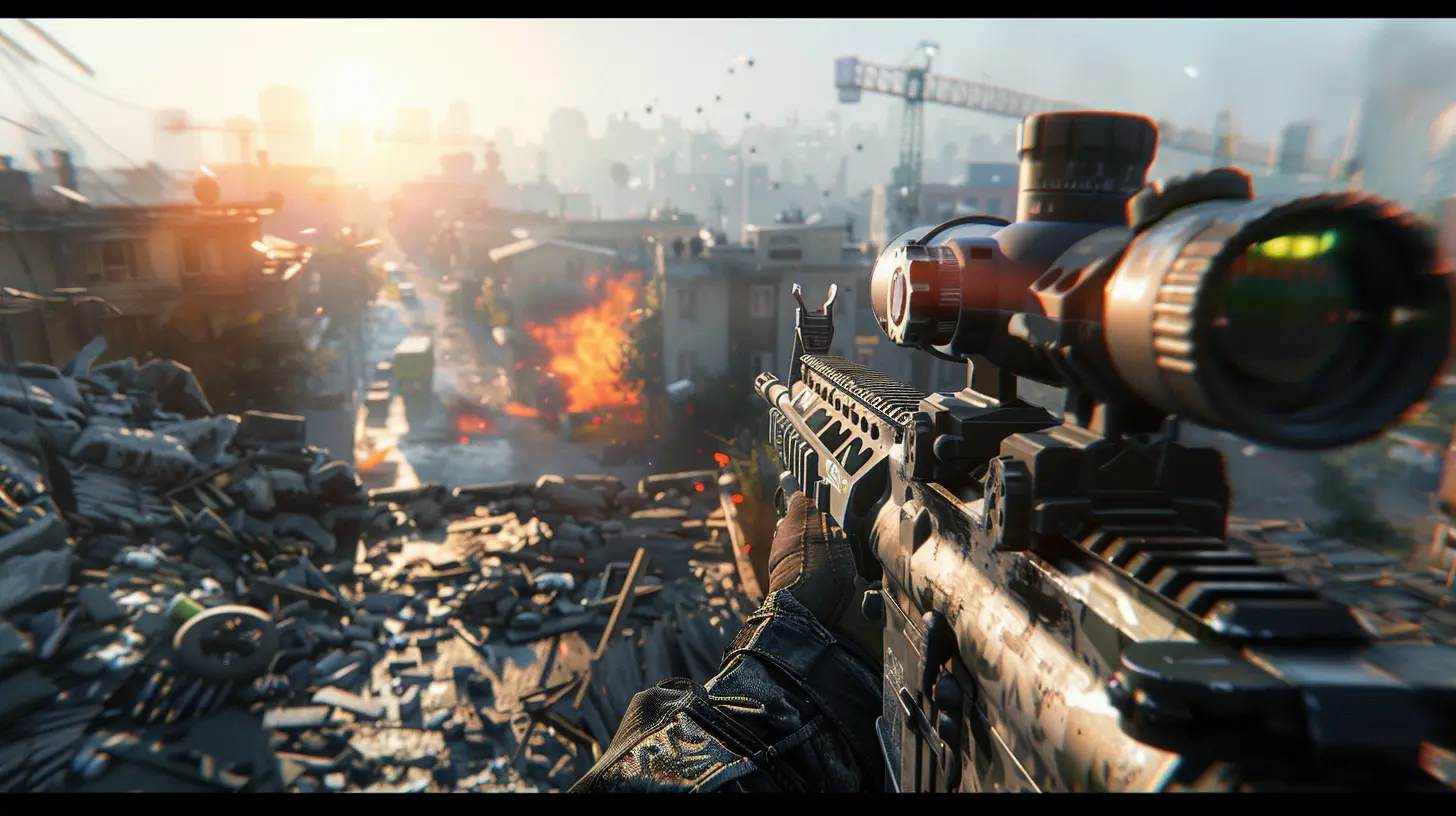
How FOV Impacts Gameplay in Third-Person Shooters
FOV isn’t just some random setting buried in the game menu—it plays a crucial role in your overall gaming experience. Here’s how it can affect your gameplay in third-person shooters:1. Spatial Awareness and Awareness of Enemies
In third-person shooters, a wider FOV gives you expanded vision, allowing you to see more of your surroundings. This is especially important in fast-paced games where enemies can attack from all sides. A wider FOV can give you an upper hand by letting you spot opponents lurking behind cover or sneaking up on you from the edges of your screen.But here’s the catch: a wider FOV can shrink everything in your field of view, making enemies appear smaller and harder to target. It’s like trying to pick out details in a scenic postcard instead of focusing on one specific subject. If you’re playing on a small screen, this can be a headache.
2. Camera Perspective and Immersion
In third-person shooters, you’re not just "in" the character—you’re watching them from behind or slightly over the shoulder. FOV determines how much of the physical world (including your character) you can see in one glance. A narrow FOV might feel more immersive because it pulls you closer to the action, but it can also leave you feeling blindsided when something happens outside your line of sight.On the flip side, a wider FOV can make you feel like you’re watching a movie, offering a broader sense of the battlefield. However, this can sometimes reduce the emotional connection to your character since everything might seem distant and less personal.
3. Performance Hits (Yep, It’s Not Free)
Adjusting your FOV isn’t all sunshine and rainbows. Rendering more of the environment comes with a cost—your hardware takes a hit. If you’re playing on a gaming PC with a decent setup, this might not be a big deal. But for console players or those on older systems, widening your FOV can lead to frame drops or even input lag.It’s like asking your computer or console to run a marathon while juggling flaming torches—it can do it, but it’s going to slow down sooner or later.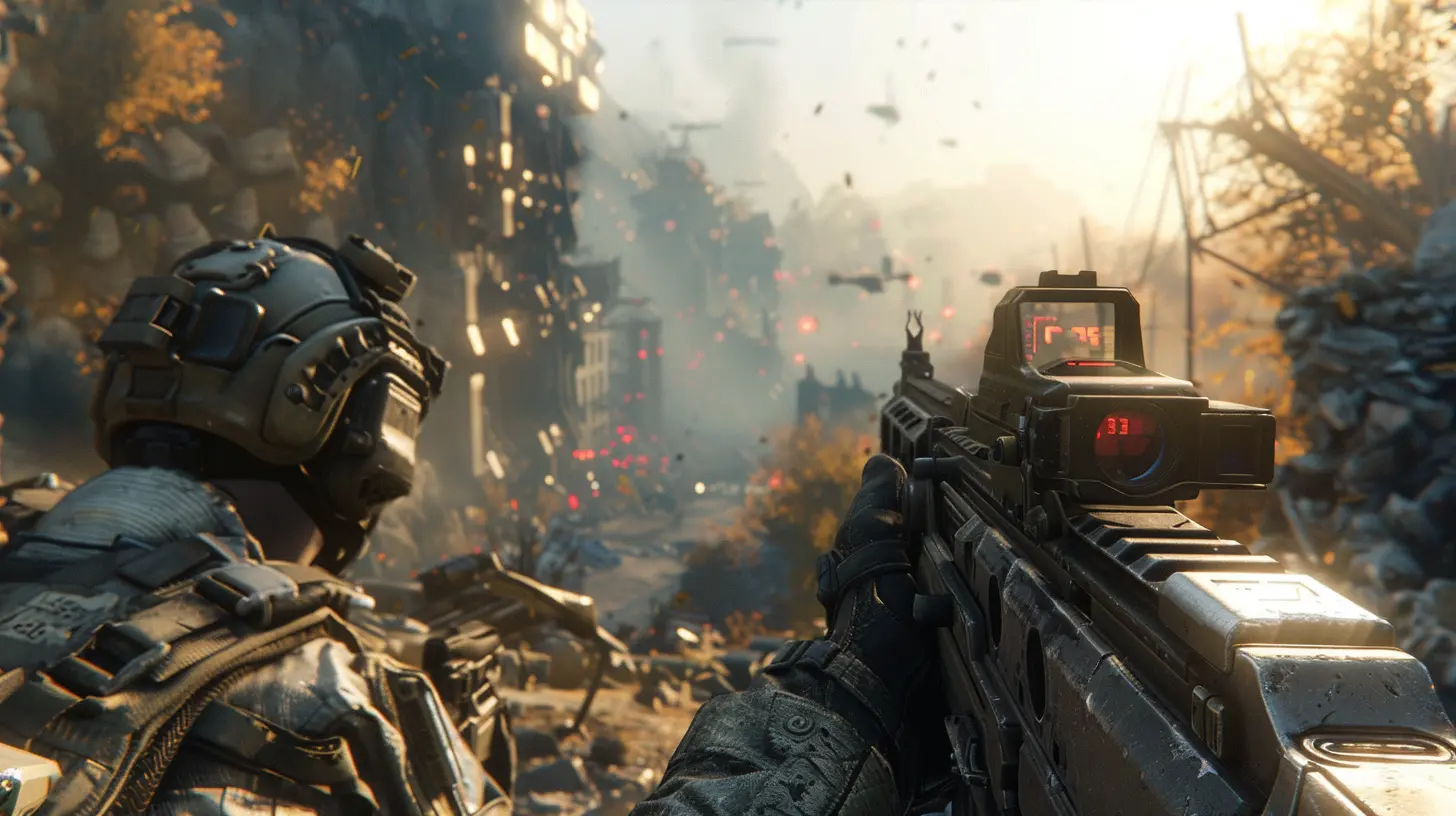
Why FOV Settings Aren’t One-Size-Fits-All
Wondering why developers even bother giving you the option to tweak FOV? Well, FOV preferences often come down to two things: player comfort and competitive advantage. Let’s break it down.1. Player Comfort
Ever feel dizzy, nauseous, or just plain weird after playing a game for a while? That’s probably FOV-related motion sickness. A narrow FOV creates a zoomed-in, claustrophobic effect that can make players feel disoriented, especially during fast camera movements. On the other hand, a super-wide FOV can create a fish-eye effect, which might make things look warped and unnatural.Finding that sweet spot is key. Most players land somewhere between 80° and 100°, but it varies depending on the individual and the screen size they’re playing on.
2. Competitive Advantage
Let’s be real: in competitive games, every advantage counts. A wider FOV could mean the difference between spotting an enemy early and getting ambushed. But it’s also a double-edged sword—seeing more doesn’t always mean reacting faster. Some players prefer the zoomed-in focus of a narrower FOV to better track enemies mid-fight.Ultimately, your FOV settings should align with your playstyle and the type of game you’re playing.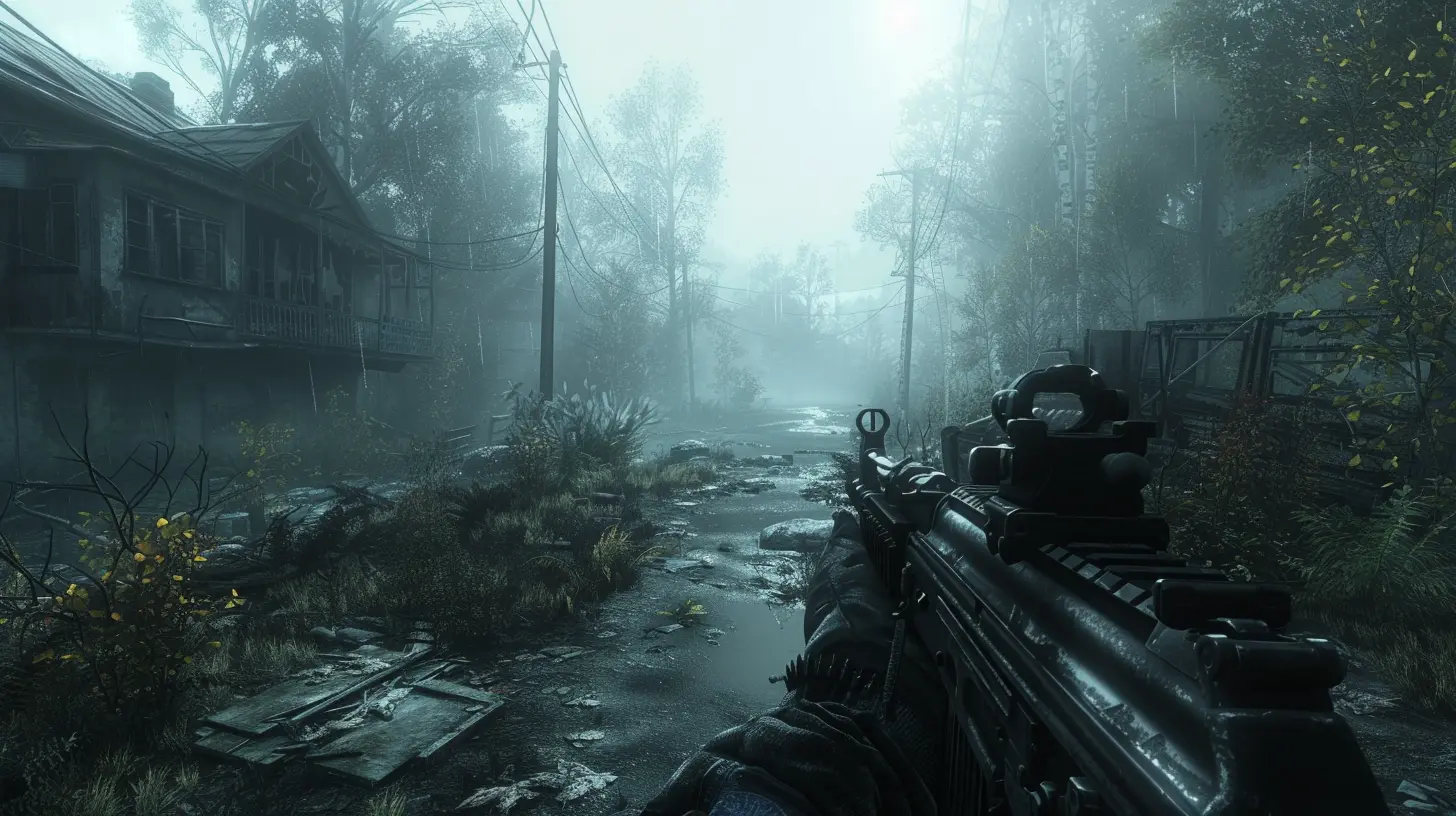
How Developers Use FOV to Shape Your Experience
Here’s something interesting: developers don’t just slap an FOV slider into their game and call it a day. They actually use FOV to guide how you experience their game. For example:- Cinematic Feel: Some developers lock the FOV to a narrow setting to create a cinematic, close-up feel. This is common in story-heavy shooters where immersion matters more than competitive gameplay (think The Last of Us or Uncharted).
- Fast-Paced Action: In frenetic third-person shooters like Fortnite or Gears of War, the FOV is often wider to give players a better sense of their surroundings.
- Accessibility: More modern games are including adjustable FOV sliders to accommodate everyone from casual players to competitive pros. This inclusivity isn’t just a nice touch—it’s a game-changer for personalizing your experience.
How to Choose the Right FOV for You
So, how do you find the right FOV setting? It’s not rocket science, but it does take a bit of trial and error. Here are some quick tips:1. Start with the Default Setting
Most games set the FOV to somewhere around 90° by default. This is a good middle ground for most players and is designed to balance immersion with spatial awareness.2. Adjust Based on Your Screen Size
If you’re gaming on a big monitor or a TV, a wider FOV might feel more natural. For smaller screens, you might want to stick to a narrower FOV to avoid straining your eyes.3. Experiment in Practice Modes
Many third-person shooters have practice or training modes. Use these to tweak your FOV settings and see what feels comfortable for you. Pay attention to how easy it is to spot enemies, track targets, and stay aware of your surroundings.4. Trust Your Gut
At the end of the day, no one knows your preferences better than you do. If a particular FOV setting feels right, stick with it—even if it’s not what the pros are using.Final Thoughts: FOV is More Than Just a Number
Field-of-View might seem like a small detail in the grand scheme of things, but in third-person shooters, it’s a game-changer. Whether it’s helping you spot enemies, making your gameplay more immersive, or just improving your comfort, FOV is an essential part of the gaming experience.So, next time you dive into your favorite third-person shooter, take a moment to look at your FOV settings. You might be surprised at how much of a difference it makes. And hey, if you’re still not sure where to start, don’t be afraid to experiment—you’ve got nothing to lose and everything to gain.
all images in this post were generated using AI tools
Category:
Third Person ShooterAuthor:

Audrey McGhee
Discussion
rate this article
1 comments
Grace McEachern
Great insights! I’ve always wondered how FOV impacts gameplay experience. Do different settings really enhance immersion, or is it purely a preference thing? Can't wait to experiment!
October 1, 2025 at 3:49 AM

Audrey McGhee
Thank you! FOV can significantly enhance immersion and gameplay experience, but it often comes down to personal preference. Experimenting with different settings is a great way to find what feels best for you!


